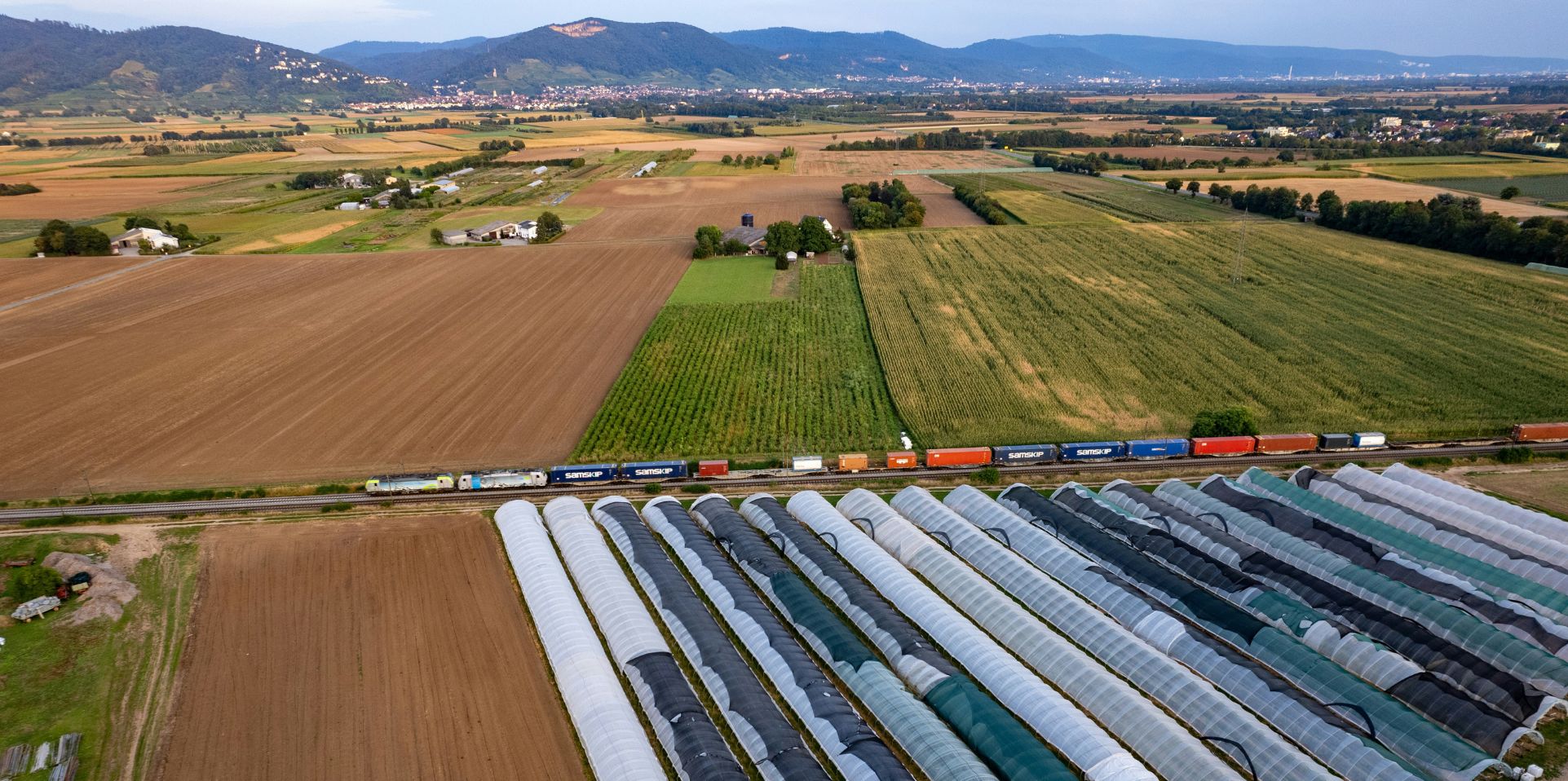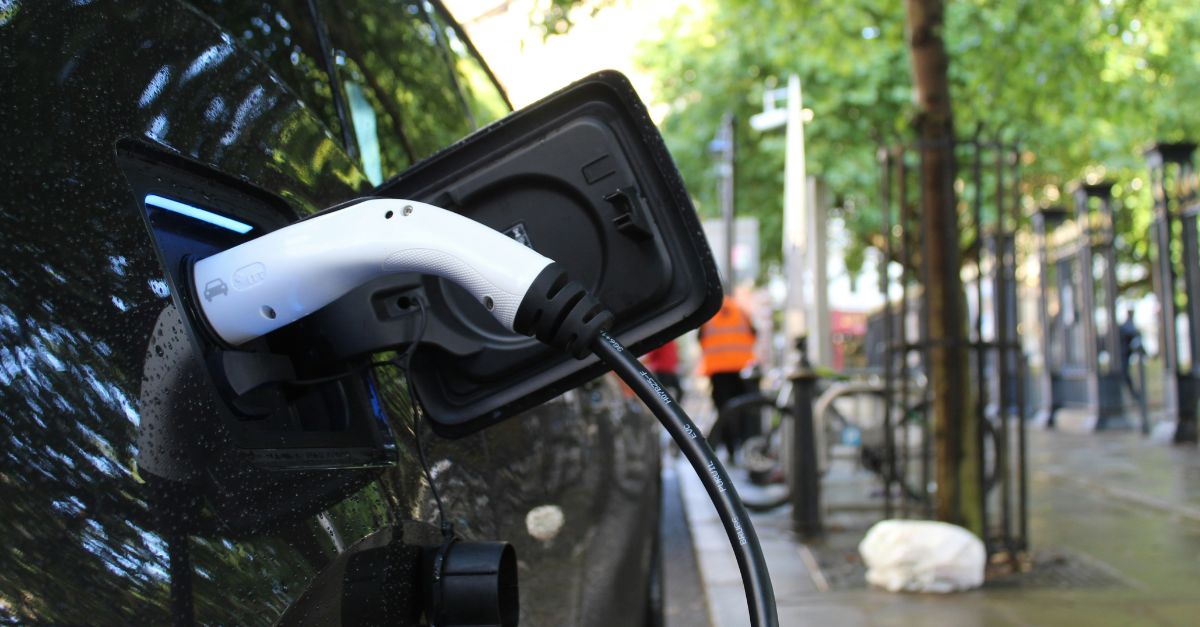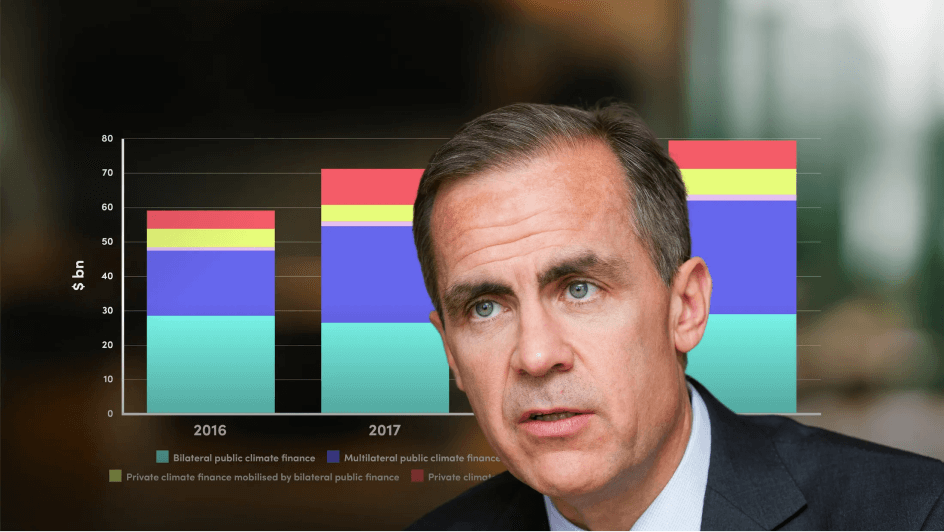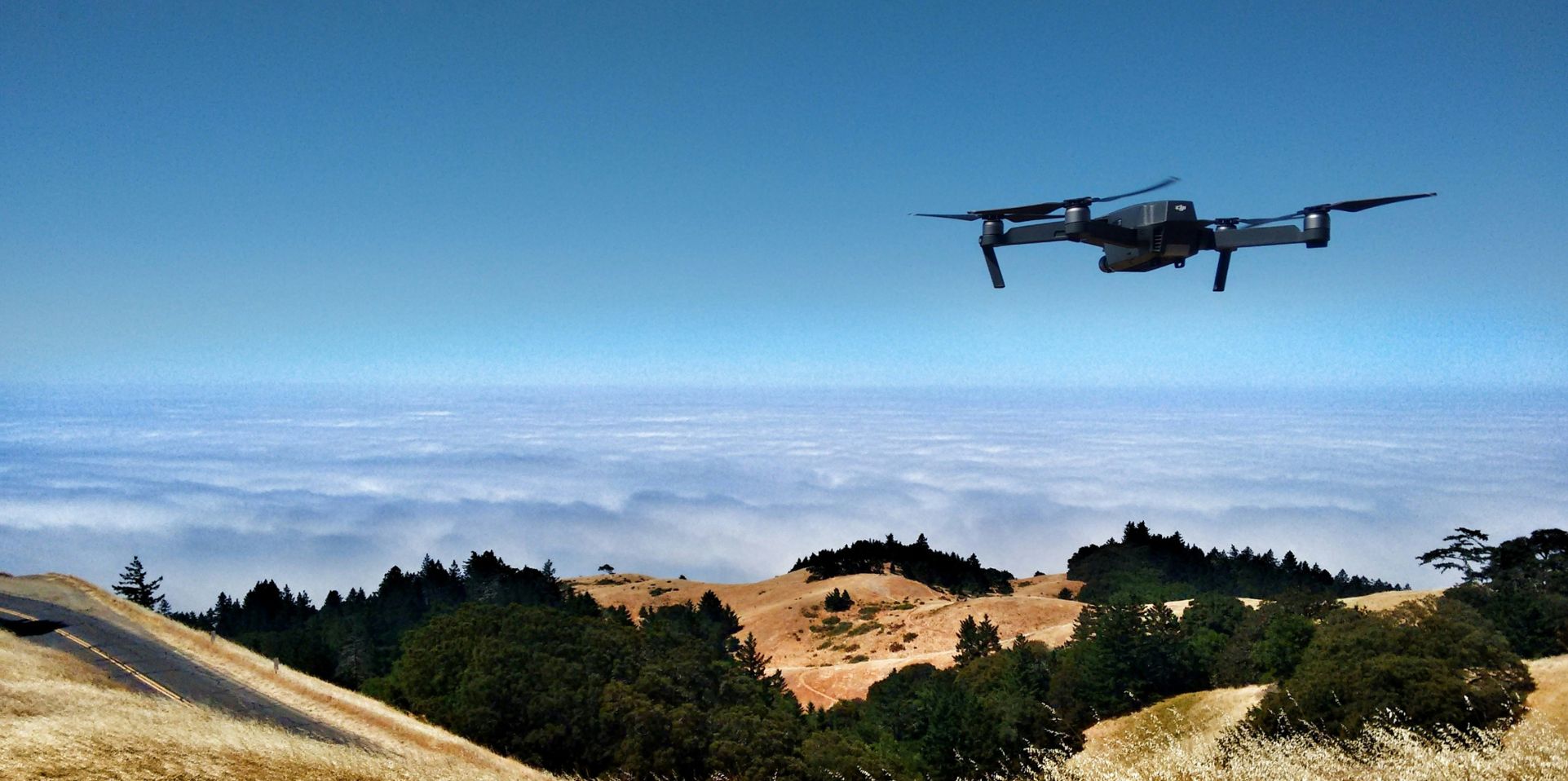
Driving sustainability with data & technological innovation

Rahul Bhushan
15 years: Structured Products and Sustainability
Exploring ways in which AI can help drive a sustainable future

The current convergence of technologies, across artificial intelligence (AI), robotics, energy storage, multiomics sequencing, and public blockchains promises to revolutionise society as we know it. But what does it all mean for the future of sustainability?
In our recent Sustainability Unlocked webinar, Driving Sustainability with Data & Technological Innovation, Prasad Gollakota, Chief Content Officer at xUnlocked talked to Rahul Bhushan, Managing Director at ARK Invest Europe, about the implications of today’s profound and simultaneous technology innovation, as explored in ARK Invest’s ‘Big Ideas 2025’ report.
The following shares just a few of Rahul’s many insights into the changing landscape, as discussed with Prasad in the webinar.
Technological gamechangers
Today’s landscape will be remembered as one of the most transformative periods in history, with seemingly unrelated technologies converging simultaneously.
During the Industrial Revolution, advancements in steam power and mechanisation came together to fundamentally change the fabric of how society worked. Today, we are seeing the same kind of transformation, with ARK Invest particularly interested in developments across AI, robotics, energy storage, multiomics, and public blockchains. Each is an exponential technology in its own right, but together they are reshaping the global economy in ways that are difficult to grasp.
AI is the crucial force in this shift, acting as a catalyst for innovation, reinforcing and accelerating progress across other technology platforms. Alongside this comes fast declining AI training and inference costs, which are already dropping by 70-90% annually. This accelerates adoption rates, which in turn increases the cumulative number of units produced, further lowering the costs, and propelling higher adoption rates across sectors.
Moore’s Law predicted that the processing power of computers would double approximately every two years. The doubling effects occurring today are more like every four to five months.
The landscape transformed
The consequent change will be monumental, impacting all aspects of life. It is realistic to envisage a world within a few short years in which humanoid robots, designed to be backward compatible with human-centric environments, slot into existing infrastructure without requiring expensive adjustments. Offering 24/7 capabilities, such robots could be particularly powerful in small-scale manufacturing, focusing on one task one day, then shifting to a completely different role the next.
Transportation too could be radically overhauled, with a massive increase in ‘robotaxis’. These would topple costs per mile for transportation, from around $2 to just 20-25 cents per mile, propelled by higher utilisation rates and the reduction in human labour costs. This would transform cities, consumer behaviour, and make mobility more accessible. It could potentially create a $10 trillion market, as people move away from what would rapidly become the more expensive option of personal car ownership.
At the same time, the shift from app-centric models to voice-based commands will result in AI agents performing tasks autonomously, acting much like personal or executive assistants. They would retrieve information from various sources and execute actions (for example, managing personal finances). This would represent a fundamental shift in how humans interact with technology, as we move from prompts and clicks, to natural language commands.
The impact on sustainability
All these changes would have major societal implications for the way in which we live, work and interact with our environment. But the implications for sustainability would be particularly significant in the way energy will integrate into technological innovation.
In this context, energy would no longer be seen as a commodity, but a technology. This means it becomes subject to the same learning curves as technological advances, in which rising demand drives more production, which lowers costs, which in turn drives adoption.
Such a shift can already be seen in the significant growth in renewable energy capacity globally. In 2024, the world added about 535 gigawatts of renewable capacity, and it was close to 500GW the year before. In 2024, 90% of new global power capacity came from clean energy sources — and in the US, solar accounted for 78% of all new capacity, with Texas the number-one US State for solar-energy generation. India too has gone from one gigawatt of solar in 2012 to close to 90 gigawatts today, with solar making up 20% of total power capacity.

AI and energy symbiosis
Amid this shift, energy demand will rise, not least to process the huge amount of data needed to fuel AI. Rather than another major environmental challenge looming over the future, however, energy and AI could in fact become inseparable and symbiotic over time, as AI is increasingly used to optimise energy production, distribution, storage, and efficiency.
The result would be the creation of a virtuous cycle, in which advancements in AI drive advancements in energy, leading to more sustainable and efficient energy systems. These in turn would then power AI breakthroughs.
In this way, the relationship between AI and energy could prove to be the most profound development of all, completely reshaping how we live and work.
Achieving a sustainable future
Data and AI will not just transform our lives, but will also be instrumental for achieving sustainability targets. By leveraging AI to optimise energy systems, enhance efficiency, and drive technological innovation, societies can make significant strides towards achieving a more sustainable future.
The convergence of various technologies, with AI at the forefront, offers unprecedented opportunities to address climate challenges and reshape how we live and work. With AI optimising energy systems and energy powering AI innovation, this is a vision of a world in which humanity and technology in harmony can achieve a sustainable future for all.
More about ARK Invest
ARK Invest's strategy revolves around identifying and investing in companies that are at the forefront of disruptive innovation. Click here to find out more in ARK Invest’s Big Ideas 2025 report.
This summary captures only a few highlights from the detailed webinar discussion. Learn more by accessing the whole webinar recording here: Driving Sustainability with Data & Technological Innovation

Rahul Bhushan
Share "Driving sustainability with data & technological innovation" on
Latest Insights

Are knowledge gaps or disparities blocking your sustainability success?
26th June 2025 • Maria Coronado Robles

The electrical zero: A global warning for the energy transition
13th May 2025 • Maria Coronado Robles






























